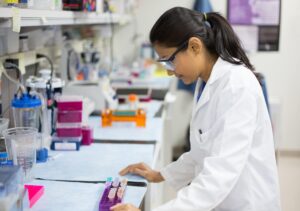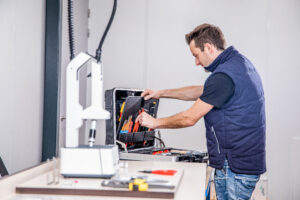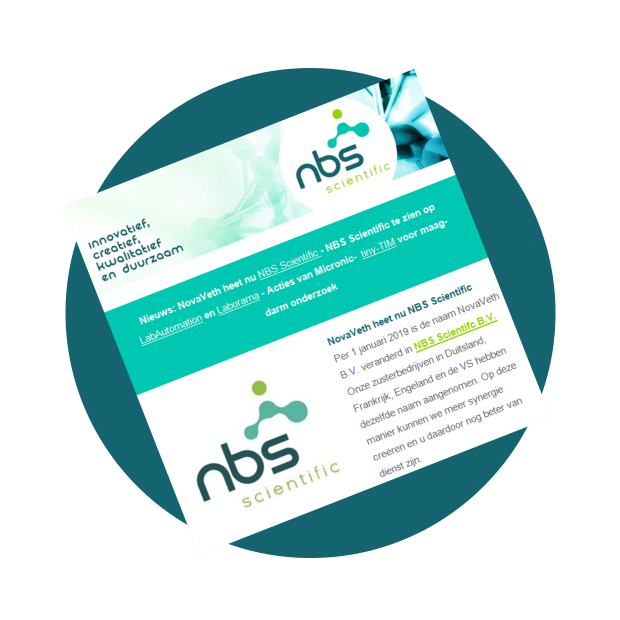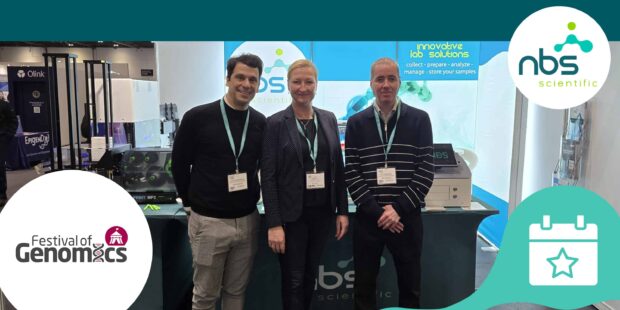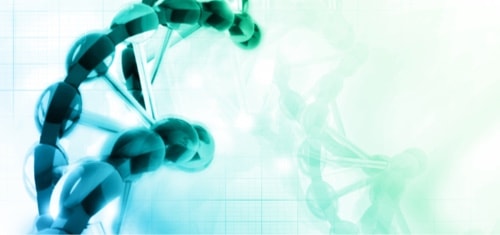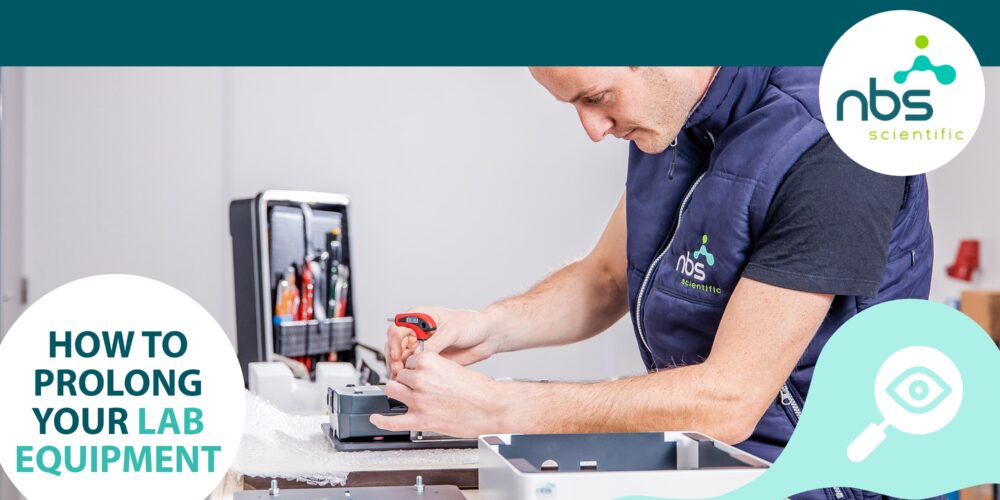
How to maintain and prolong the life of your laboratory equipment
In this guide to maintaining your laboratory and prolonging its lifetime, we will show the different steps required to create an effective laboratory. If you are a researcher or work with any type of machinery, you know the importance of maintenance cannot be understated.
Whether you are a seasoned researcher or part of a lab team, your equipment’s longevity directly impacts your work’s success. In the fast-paced world of research where precision is indispensable, equipment failures are the last thing you need. Without proper care and maintenance, your equipment might cost you more than it delivers.
In this blog, we will delve into different strategies to ensure your lab equipment not only survives but thrives in your environment.
Why is it important to maintain laboratory equipment?
There are many important reasons to maintain your laboratory equipment. Some of the most important reasons are:
Reliability
The most important reason to maintain your equipment is reliability. Reliable and precise outcomes are the key aspects by which you measure your lab’s success. With regular maintenance and calibration, you ensure your laboratory equipment functions well and provides correct data. An unreliable machine or piece of labware might produce inaccurate outcomes, ruining the validity of your experiments.
Safety
Safety is the most important aspect to consider when maintaining your workspace. Poorly maintained equipment and machines without the proper safety in place can be used incorrectly and can pose safety hazards such as chemical spills, shocks, cuts, or fires. Regular assessments and maintenance minimize the risks you could encounter to your equipment as well as your team.
Equipment lifespan
Regular maintenance can extend the lifespan of laboratory equipment. By preventing corrosion, mechanical wear, and rust that might result in premature equipment failures, you can extend the time your equipment runs optimally before necessary replacements. This not only ensures that your valuable equipment lasts longer but also reduces repair costs.
Steps to consider for maintaining laboratory equipment
Read manuals and instructions regularly
It might be one of the most obvious steps when dealing with complex machinery and equipment, but an intensive study of the instructions and manual is paramount. You might even think to yourself, who doesn’t inspect or even skim the manual or instructions? Although skimming a manual is often too common, people tend to not read them correctly or not summarize the information.
How often do you read the manual or instructions when assembling furniture? Sometimes it is just too tempting to start your setup and work, without the intensive study of the manual and the instructions beforehand.
It is important to compile all the various manuals and instructions you receive for a piece of equipment or machinery. To avoid having to read the entire manual a second time, it is recommended to summarize the most important steps and create a version that is easily digestible and understandable by everyone.
Balancing, prioritizing, and delegating
Maintaining equipment can be incredibly time-consuming. Balancing the demands of critical research with the necessity of maintenance tasks presents a significant challenge. This is where effective prioritization and delegation become invaluable in managing and overseeing your laboratory equipment efficiently.
Your lab likely houses a variety of equipment and machinery, each serving different purposes. However, not all of them are needed simultaneously. When conducting experiments, prioritize the use of equipment based on its relevance to your projects. Equipment that isn’t immediately necessary can be deferred for later use.
Delegating tasks to your staff or an external party can ensure that maintenance is consistently performed. For example, did you know that At NBS Scientific, we offer comprehensive maintenance and repair services by well-trained technicians?
Proper training
The best way to learn how equipment or machinery works is through proper training. With proper training, you can utilize the equipment correctly and as intended. The most common reason equipment gets damaged is by using it incorrectly, so proper training should prevent this.
Clean often
The simplest way to prolong the life of your laboratory equipment is by cleaning it. Yet this is something that can easily be forgotten or done improperly. Regular wipe-downs of equipment, cleaning microscopes, and specific cleaning methods are essential. Sometimes it may be even easier to hire a professional cleaner who can take care of these tasks, saving you a lot of time.
Curious about sustainable options? Consider utilizing the NovaWash program, designed for the meticulous cleaning of laboratory plates and sample storage racks, promoting sustainability and efficiency in your lab.
Frequent inspections
Obvious faults and problems with your equipment aren’t always self-apparent, and when they finally become obvious it is often too late. You need to review the performance of your equipment by running regular performance tests, especially with equipment that isn’t used regularly but is important for it to function perfectly at any given time.
You might want to consider a maintenance contract for your most important equipment, which usually comes at a cost but is worth the investment knowing your laboratory runs optimally.
These various maintenance contracts are often for your most important equipment. For example, at NBS Scientific, we offer various sorts of maintenance contracts to ensure the long-term functionality of your equipment.
Looking back
As we conclude our blog on how to prolong your laboratory equipment and the importance of maintenance, remember that the care and time you invest in your equipment will pay dividends in the quality of research tomorrow.
